Serovo
When the Finnish army joined forces with the Germans in June 1941 and attacked the Soviet Union, the finns’ ambition was to recapture the previously lost area of the Karelian isthmus lost in the Finnish-Russian war 1939–1940 (Winter War). Although the Germans wished that the finnish army advanced further and thus helped with the containment/conquest of Leningrad. As part of the defense of the recaptured areas, a number of lines of defense were built, including a line running between Vammelsuu (now Serovo) on the west side of the isthmus to Taipale on the east side of the isthmus. It was abbreviated VT-Line and was about twenty kilometres beyond the then Finnish-Russian border. The idea was that the line would be a barrier in case of another Soviet offensive. It consisted of anti-tank weapons, machine guns, tank barriers, mines and barbed wire. In June 1944, when the Soviet army was on the offensive across the entire eastern front, the VT line was attacked with full force. The Line was still under construction and the Soviet troops could force the line with relative ease and continue the offensive northward.
Current status: Partlu preserved/demolished with monument (2021).
Location: 60°11' 59.78" N 29°32' 21.26" E
Get there: Car.
Follow up in books: Trotter, R William: The Russo-Finnish Winter War of 1939-1940 (2010).

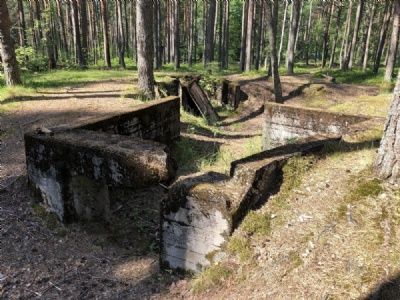
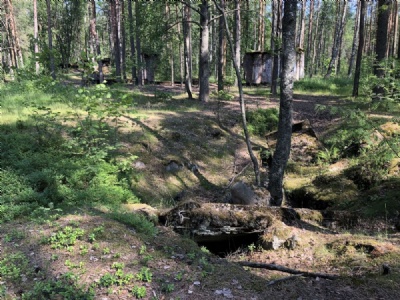
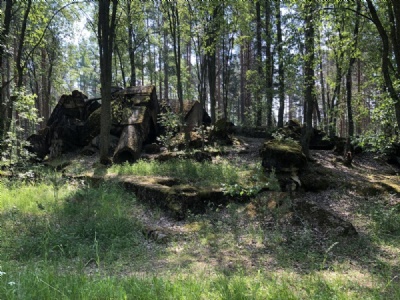
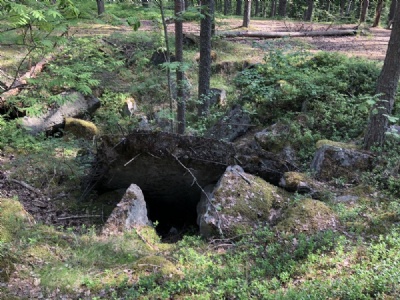
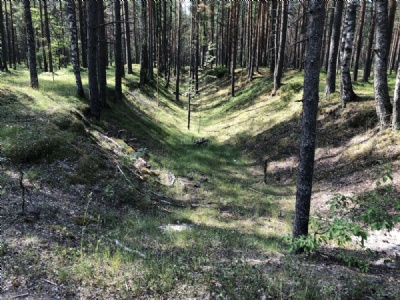
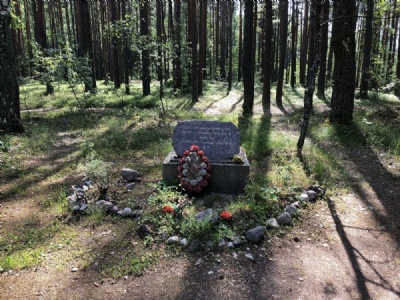
We can say that the VT line is a minor version of the more famous Mannerheim line. After the war, Soviet engineering troops destroyed the fortifications so that they could not be used by the Finns in the next possible war. Therefore, there are really no more than just ruins left of the defense line and some of these are located at the outskirts of Serovo. Not nearly as magnificent ruins as the ruins of the Mannerheim line, but still part of history. In addition to ruins, there are also clear traces of tank barriers in the form of trenches that are surprisingly well preserved after so long time.